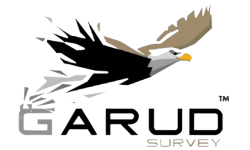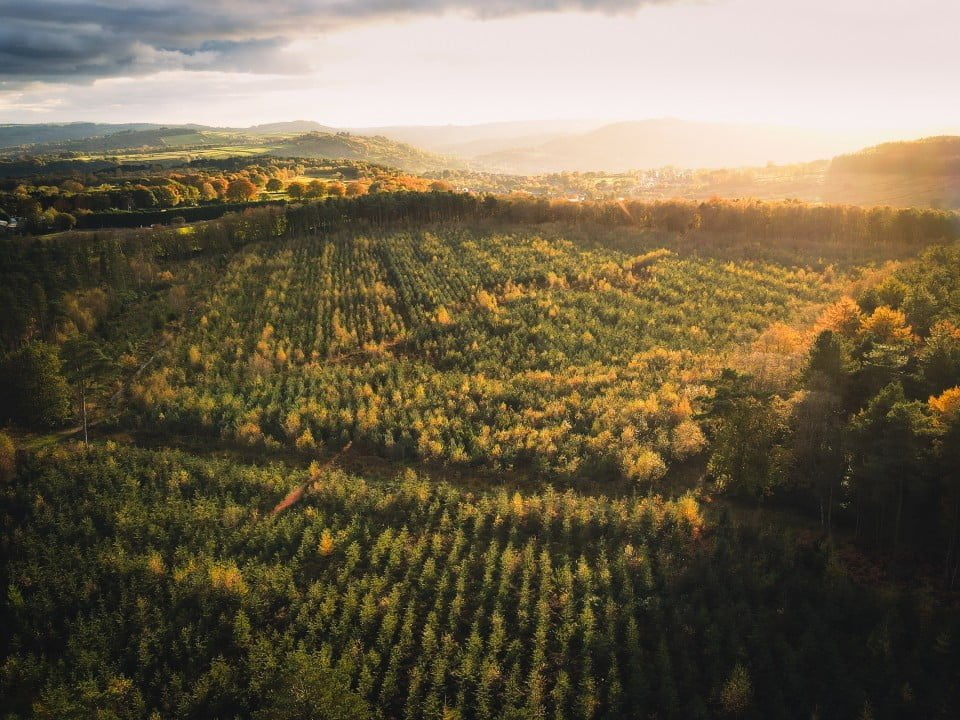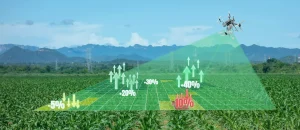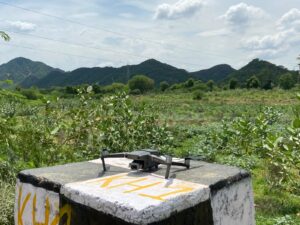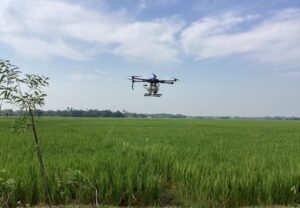As the global population continues to rise, the agricultural sector faces the significant challenge of increasing food production while minimizing environmental impact. Enter drone technology, a cutting-edge solution that is transforming traditional farming practices. Drones, or unmanned aerial vehicles (UAVs), are becoming an indispensable tool for farmers, offering innovative ways to monitor crops, manage resources, and boost productivity. This article explores how drones are revolutionizing agriculture, their benefits, applications, and the future prospects of this technology in the farming industry.
The Rise of Drones in Agriculture
Drones have quickly gained popularity in agriculture due to their ability to provide detailed aerial views and collect valuable data. Equipped with advanced sensors, cameras, and GPS technology, drones can capture high-resolution images and data, enabling farmers to make informed decisions. The integration of drones for agriculture, often referred to as precision agriculture or smart farming, is transforming the way crops are monitored and managed.
Benefits of Using Drones in Agriculture
1. Enhanced Crop Monitoring
One of the primary benefits of drones is their ability to provide comprehensive crop monitoring. Traditional methods of crop monitoring can be time-consuming and labor-intensive, often involving manual inspections. Drones can cover large areas quickly and efficiently, capturing detailed images that reveal crop health, growth patterns, and potential issues. This real-time data allows farmers to identify problems early and take corrective action, ultimately improving crop yields.
2. Precise Resource Management
Drones enable precise resource management by providing detailed information on soil conditions, moisture levels, and plant health. This data helps farmers optimize the use of water, fertilizers, and pesticides, reducing waste and minimizing environmental impact. For example, drones equipped with thermal cameras can detect areas of the field that require irrigation, allowing for targeted watering rather than blanket coverage.
3. Increased Efficiency and Productivity
By automating various tasks, drones increase efficiency and productivity on the farm. They can quickly survey fields, plant seeds, and even apply pesticides, tasks that would otherwise require significant time and labor. This automation allows farmers to focus on other critical aspects of farm management, ultimately increasing overall productivity.
4. Cost Savings
While the initial investment in drone technology may be substantial, the long-term cost savings are significant. Drones reduce the need for manual labor and equipment, and their ability to detect issues early can prevent costly crop losses. Additionally, the precise application of resources such as water and fertilizers reduces input costs, further enhancing profitability.
5. Improved Decision-Making
Drones provide farmers with valuable data that supports informed decision-making. High-resolution images and multispectral data offer insights into crop health, soil conditions, and environmental factors. This information helps farmers make data-driven decisions about planting, irrigation, fertilization, and pest control, leading to better crop management and higher yields.
Applications of Drones in Agriculture
Drones are versatile tools with a wide range of applications in agriculture. Here are some of the most common uses:
1. Crop Health Monitoring
Drones equipped with multispectral sensors can capture data on plant health by analyzing the reflected light from crops. This information helps farmers detect signs of stress, disease, or nutrient deficiencies early, allowing for timely interventions. Healthy plants reflect different light wavelengths than stressed or diseased plants, making it easier to identify problem areas in the field.
2. Soil Analysis
Drones can perform detailed soil analysis by capturing images that reveal variations in soil composition and moisture levels. This data helps farmers understand soil health and fertility, enabling them to make informed decisions about crop rotation, fertilization, and irrigation. Soil analysis also aids in identifying areas that may require additional attention, such as erosion control or nutrient supplementation.
3. Precision Irrigation
Water management is a critical aspect of farming, especially in regions prone to drought. Drones equipped with thermal cameras can detect areas of the field that require irrigation, allowing farmers to apply water precisely where it is needed. This targeted approach reduces water waste and ensures that crops receive adequate moisture for optimal growth.
4. Pest and Disease Management
Drones can help identify pest infestations and disease outbreaks by capturing high-resolution images of crops. Early detection of pests and diseases allows farmers to implement targeted control measures, reducing the need for broad-spectrum pesticides. This approach not only protects crops but also minimizes the impact on beneficial insects and the environment.
5. Planting and Seeding
Some advanced drones are capable of planting seeds and applying fertilizers. These drones use precision technology to ensure that seeds are planted at the correct depth and spacing, promoting uniform crop growth. This automation reduces the need for manual labor and increases planting efficiency.
6. Field Mapping and Surveying
Drones can create detailed maps of farmland, providing valuable information on topography, field boundaries, and crop conditions. These maps help farmers plan field activities, manage resources, and monitor crop progress throughout the growing season. Field mapping also aids in identifying areas that may require additional attention, such as drainage improvements or soil amendments.
The Future of Drones in Agriculture
The future of drones in agriculture is promising, with continuous advancements in technology and increasing adoption by farmers worldwide. Here are some trends to watch for in the coming years:
1. Integration with Artificial Intelligence
The integration of artificial intelligence (AI) with drone technology will enhance data analysis and decision-making. AI algorithms can process the vast amounts of data collected by drones, identifying patterns and trends that may not be immediately apparent. Machine learning can also improve the accuracy of crop health assessments and predictive analytics, helping farmers make proactive decisions.
2. Autonomous Drones
Autonomous drones capable of performing tasks without human intervention are on the horizon. These drones can be programmed to conduct regular surveys, apply pesticides, and even plant seeds. Automation will further increase efficiency and reduce labor costs, allowing farmers to focus on other critical aspects of farm management.
3. Enhanced Sensors and Cameras
Advancements in sensor and camera technology will improve the capabilities of drones in agriculture. Higher-resolution cameras, multispectral and hyperspectral sensors, and thermal imaging technology will provide more detailed and accurate data. These improvements will expand the applications of drones and provide even greater value to farmers.
4. Real-Time Data Processing
Cloud-based platforms and real-time data processing will enable farmers to access and analyze drone data more quickly. This real-time data can be used to make immediate decisions about crop management, irrigation, and pest control. Improved data processing capabilities will also enhance collaboration between farmers, agronomists, and other stakeholders.
5. Increased Accessibility
As drone technology becomes more affordable and user-friendly, it will become accessible to a broader range of farmers, including small-scale and subsistence farmers. This democratization of technology will help bridge the gap between large commercial farms and smaller operations, promoting sustainable agricultural practices worldwide.
Conclusion
Drones are revolutionizing agriculture by providing farmers with powerful tools to monitor crops, manage resources, and increase productivity. The benefits of using drones in agriculture are numerous, including enhanced crop monitoring, precise resource management, increased efficiency, cost savings, and improved decision-making. With a wide range of applications, from crop health monitoring to precision irrigation, drones are becoming an indispensable tool for modern farmers.
The future of drones in agriculture is bright, with advancements in AI, automation, sensors, and real-time data processing set to further enhance their capabilities. As drone technology becomes more accessible, it will continue to transform traditional farming practices, promoting sustainable and efficient agriculture worldwide.
For farmers looking to stay ahead in the competitive landscape, adopting drone technology is a smart move. By leveraging the power of drones, farmers can optimize their operations, reduce environmental impact, and ensure a sustainable and profitable future for agriculture. The sky is no longer the limit—it’s the beginning of a new era in farming.
